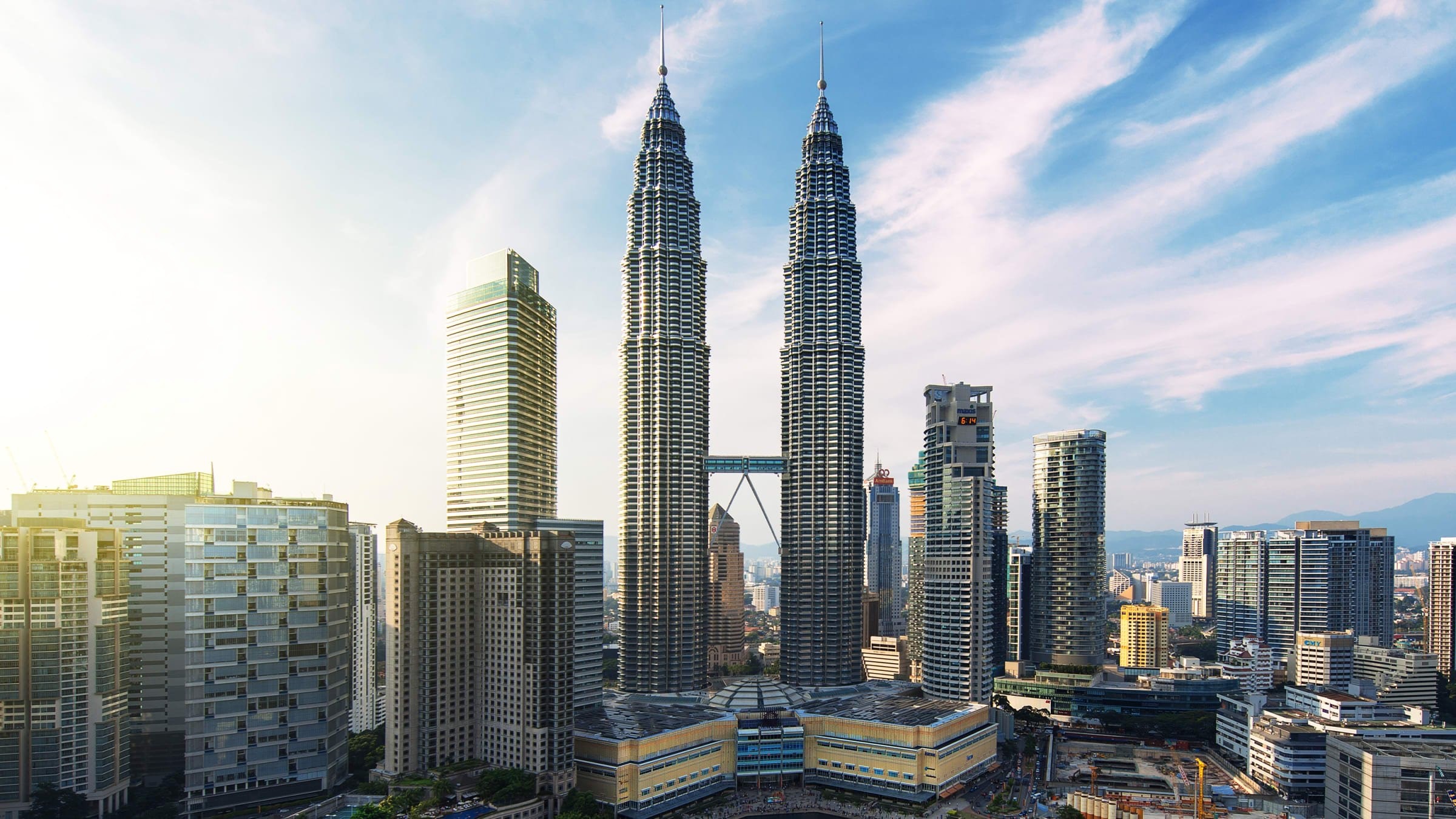Malaysia attracts students, young professionals, families and retirees from all over the world. It is a highly appealing destination for expatriates, which is partly thanks to initiatives established by authorities to attract a foreign workforce. In 2015, the Prime Minister unveiled a five-year-plan to join the ranks of ‘high income’ countries by 2020.
Its major cities are fast developing and offer all modern amenities, international schools, good healthcare, and a generally high standard of living, which makes it attractive to professionals, families and retirees alike. Concurrently, its social and geographic diversity appeals to those with a penchant for architecture, food, culture and exploration.
Demography
Based on recent estimates by the United Nations, the population of Malaysia is around 31 million, 77% of which reside in urban centres. A myriad of indigenous ethnic groups live throughout Malaysia, but the country’s main three ethnic groups are the Malays, Chinese and Indians. The Malays are the largest of these, making up over 50% of the population, while the Malaysian Chinese form about 25% of the population, and the Malaysian Indians make up about 10%. The fusion of these cultures makes for a fascinating country and a multicultural society.
Languages
Each ethnic group living in Malaysia has its own language and, in addition to this, different regional dialects are also spoken. 134 living languages are believed to still be in practice across the country. However, Bahasa Malaysia, often referred to as Malay, has been the country’s official language since 1968, and it is the most commonly spoken due to the majority of the population being of Malay ethnicity. Many people also speak English ‘ as it is compulsory at school ‘ and it is widely considered to still be the business language.
Currency
The Malaysian ringgit is the currency of Malaysia. It is divided into 100 SEN.
Economy
The production of raw natural resource materials, such as rubber and tin, used to be Malaysia’s economic foundation, but, since the 1970s, the country has developed a well-diversified economy and has become a leading exporter of electrical appliances and compononents, as well as palm oil and natural gas. It is one of 13 countries to have recorded average growth of more than 7% per year for 25 years and the economic outlook of the country remains favourable, thanks to an improvement in global trade.
As a result of the country’s progress in the fields of information and communication technology, science and tourism, as well as its tax incentives in different sectors to encourage investments, Malaysia has become an attractive hub for foreign and local business people.
Climate
The tropical climes only serve to heighten Malaysia’s appeal to foreigners. It is mainly hot and humid all year-round, with temperatures ranging from 21ºC to 32ºC in most places, but it’s considerably cooler in the highlands. Different parts of the country have different wet and dry seasons, but rainfall patterns vary between 2,000 and 2,500mm per year, and rain is an expected and refreshing part of life in Malaysia.
Expatriation
Malaysia is very popular for people to migrate to because it is not only an adventure far away, it is also a beautiful place with many natural treasures for them to explore during their stay. Employment opportunities are plenty and costs of living are relatively low. Other essentials are also in order; Malaysia has excellent health care facilities and there are many international schools to choose from if you bring along your children. Malaysia is a developed country so the change in transition is not too much to handle.
Employment opportunities and a relatively low cost of living in Malaysia attract many foreign professionals, especially to the capital of Kuala Lumpur.



